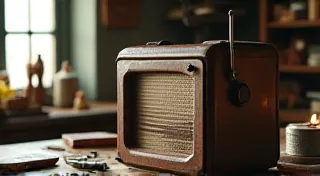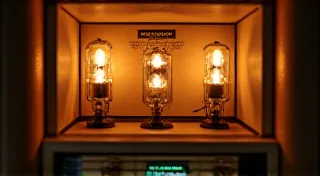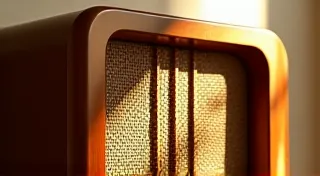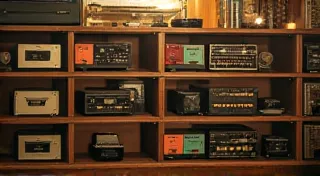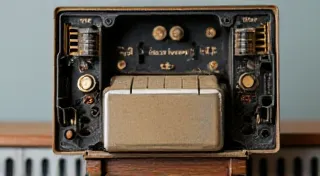Understanding Antique Radio Tubes: A Beginner's Guide
Welcome to the fascinating world of antique radio restoration! A core component of any vintage tube radio is, of course, the vacuum tube. These ingenious devices, once ubiquitous in electronics, are now essential components in preserving these historical pieces of technology. This guide provides a beginner-friendly overview of the different types of tubes commonly found in antique radios, their functions, and how to begin identifying them. Don't be intimidated – with a little understanding, you're well on your way to successfully repairing and restoring your vintage radio.
What is a Vacuum Tube?
Before diving into specific types, let’s understand the basics. A vacuum tube, also sometimes called an electron tube, is a glass or ceramic enclosure containing evacuated space and electrical components. They control the flow of electrons, acting as amplifiers or switches in a radio circuit. They replaced mechanical devices in the early 20th century and were the workhorses of electronics until the advent of transistors.
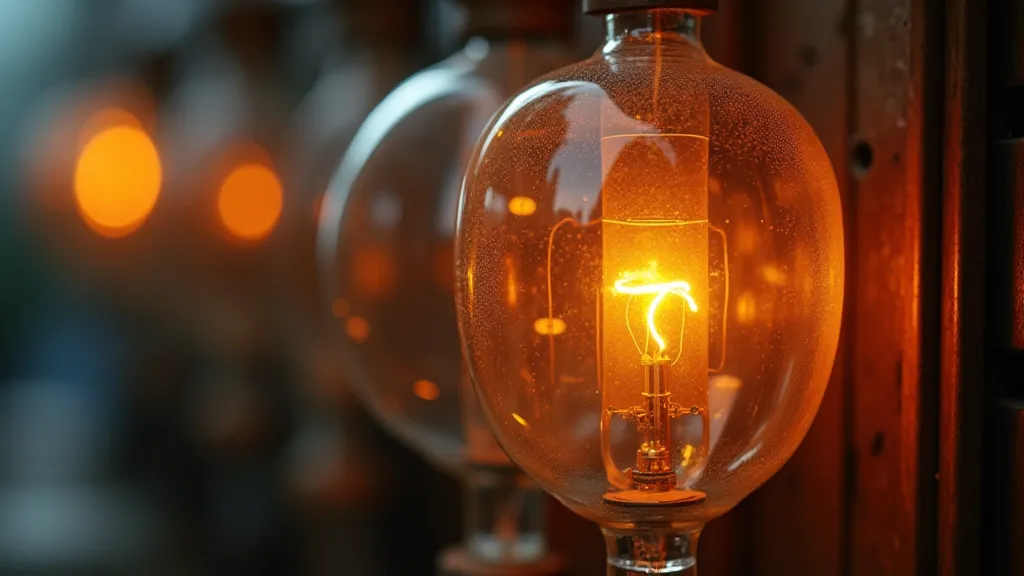
Common Types of Tubes Found in Antique Radios
Antique radios employ various tube types, each with a specific role. Here's a breakdown of the most common:
1. Rectifier Tubes
Rectifier tubes convert Alternating Current (AC) into Direct Current (DC). This DC voltage is essential for powering the radio's filaments and other circuits. They typically have a heater element and a single anode (plate). Look for designations like 5Y3, 8006, or 6X4.
2. Audio Tubes (Amplification Tubes)
These tubes amplify the weak radio signals, making them audible. They are the heart of the audio section and come in various configurations, including triodes, tetrodes, and pentodes. Triodes have three electrodes (cathode, grid, and plate), tetrodes have four, and pentodes have five. Common examples include 6SN7, 6L6, and 6V6.
3. Radio Frequency (RF) Tubes
RF tubes handle the radio frequency signals. They are responsible for tuning, amplification, and detection of radio waves. This category includes tubes like the 6K7, 6GH8, and several variations of the "lo-con" (low-conversion) tubes.
4. Detector Tubes
Detector tubes demodulate the radio signal, separating the audio information from the carrier wave. They often combine detector and RF amplification functions.
5. Mixer Tubes
Mixer tubes combine two radio frequency signals, a critical step in superheterodyne radios.
Identifying Antique Radio Tubes
Identifying tubes can be tricky, but here’s a starting point:
- Tube Designation: Each tube has a unique designation (e.g., 6SN7, 6L6). This is usually printed on the tube itself.
- Tube Base Type: Tubes come with different base styles like B-bases, R-bases, and Octal bases. The type of base dictates how it connects to the radio's socket.
- Pin Configuration: Even tubes with the same designation can have slightly different pin arrangements. Consulting a tube data sheet is crucial when substituting tubes.
- Physical Appearance: While not always reliable, some tubes have distinguishing physical characteristics that can aid in identification.
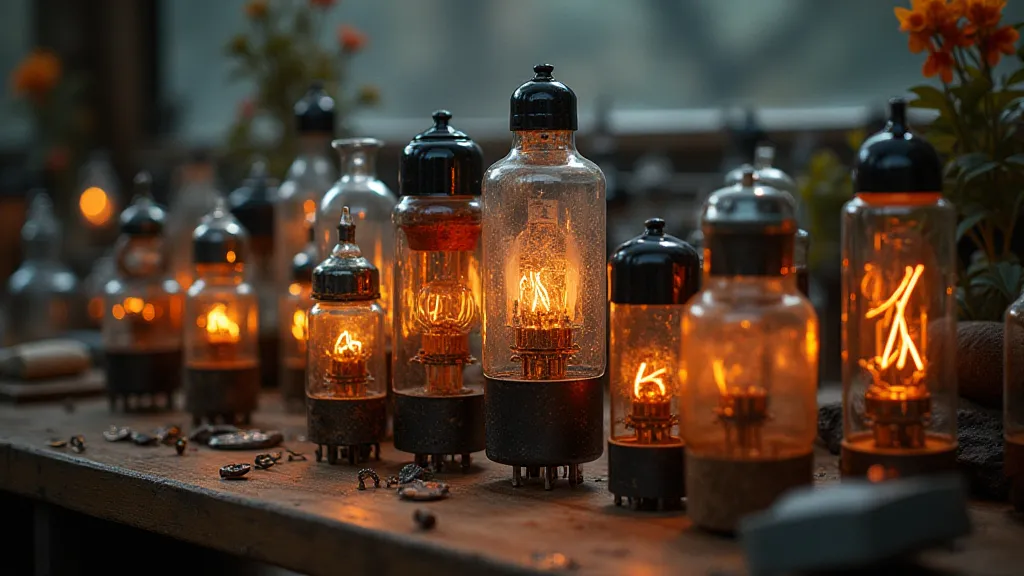
Resources for Further Learning
Several excellent resources are available to help you learn more about antique radio tubes:
- Tube Data Sheets: Online databases provide detailed specifications and pinouts for various tube types.
- Radio Repair Manuals: Service manuals for specific radio models will list the required tube types.
- Online Forums: Radio forums are a valuable source of information and support from experienced restorers.
Safety Precautions
Working with antique radios involves high voltages. Always disconnect the radio from the power source before attempting any repairs. If you are not comfortable working with electricity, seek professional help.
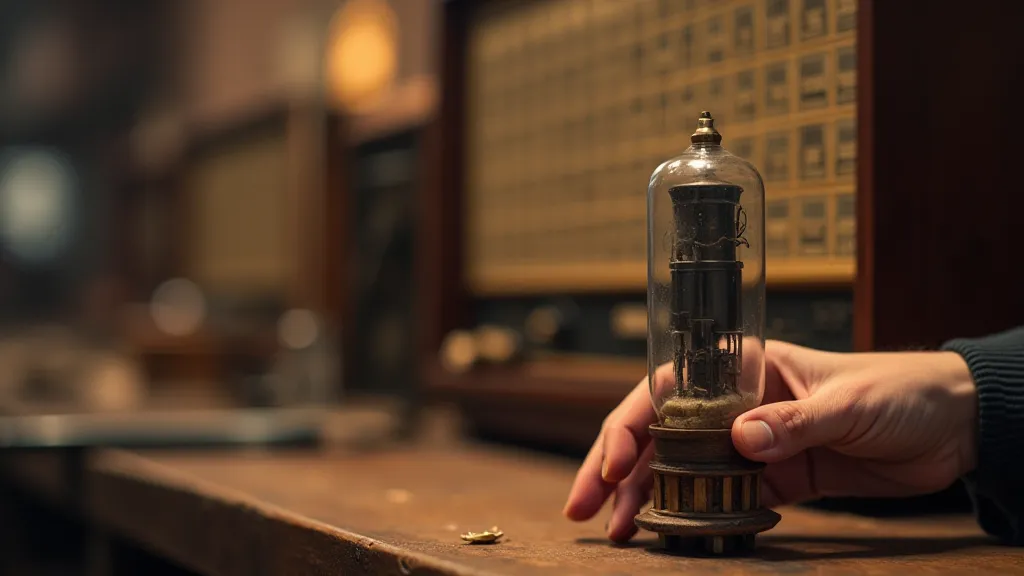
Understanding antique radio tubes is a key step in restoring these beautiful and historically significant pieces of technology. Happy restoring!
